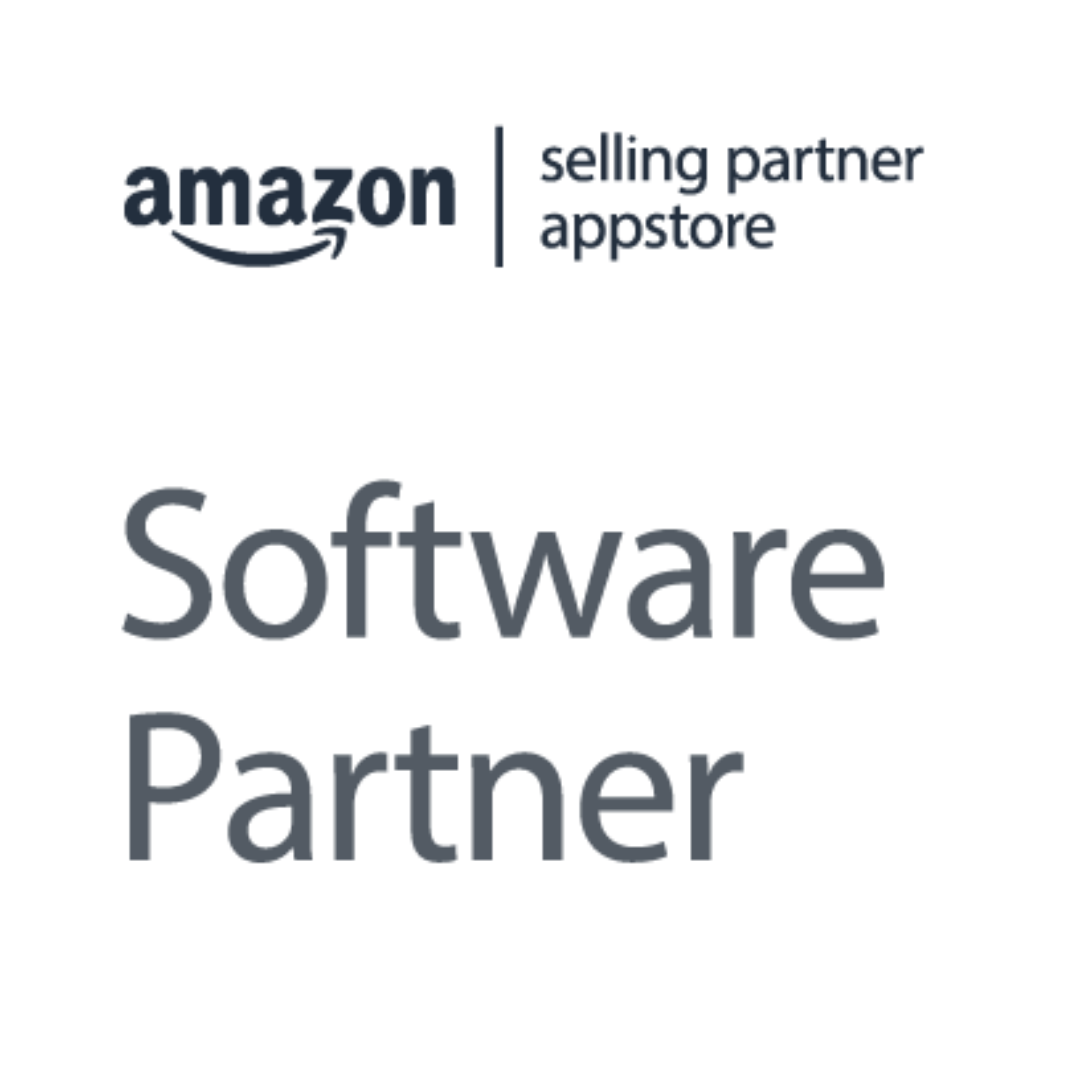Amazon Terminates Vendor Contract - Start as Seller on Amazon


Amazon Terminates Vendor Contract - Start as Seller on Amazon
Many vendors received an email from Amazon in September 2024 announcing the termination of their collaboration as a vendor.
Amazon Sticks to its Strategy
As surprising as this step may be for many vendors, it fits Amazon's strategy.
While Amazon previously acted as a gatekeeper that exercised strict control over who was allowed to be active as a seller, and forced many manufacturers to sell directly to Amazon, this picture has fundamentally changed over time. Just a few years ago, hybrid strategies of well-known brands that had previously operated purely as vendors were suppressed by closing seller accounts and actively preventing these strategies. This was argued with the Manufacturer Policy for Product Availability which states, among other things: "If you as a manufacturer of a product also sell it through other retailers or distribution partners, you must give Amazon the opportunity to source the product for resale under competitive conditions."
However, since at least 2023, Amazon has made a significant turnaround: Hybrid strategies where brands act both as vendors (1P) and sellers (3P) are no longer torpedoed by Amazon, Amazon no longer plays the "manufacturer policy" card, and such setups have since been largely accepted in practice.
Within the last 2 years, I could already notice a change in consulting at REVOIC. For vendors, it was becoming increasingly difficult to reach a vendor manager who would take care of your contractual matters. Vendor managers simply disappeared and were not replaced. Negotiations and the usual annual meetings (Amazon Annual Vendor Negotiations (AVN)) only took place via email or in a call with an account consultant from Eastern Europe. However, these were not negotiations in the true sense, but rather a handover of conditions that you could either accept or not.
With the strategy announced by email to many vendors, Amazon is forcing many smaller vendors out of the vendor program into the marketplace and increasingly focusing on large, multinational brands. This realignment allows Amazon to use its resources in the vendor area more efficiently by focusing on fewer, but strategically more important partnerships.
Start as Seller
To start as a seller on Amazon, there are several important steps. First, you need to set up a seller account in Amazon Seller Central. To have more control over your products, you should register your brand with the Amazon Brand Registry. This gives you access to advanced tools like A+ Content and Sponsored Brands.
A crucial factor is logistics planning. Here you can choose between two options: Fulfillment by Merchant (FBM), where you handle shipping yourself, or Fulfillment by Amazon (FBA), where Amazon handles storage, shipping, and returns. FBA offers you the advantage that your products qualify for Prime shipping, which attracts many customers.
It's also important to comply with legal requirements. You must provide legal information such as imprint, terms and conditions, and cancellation policy. There are providers like the Händlerbund or Trusted Shops that can help you keep these documents up to date.
Also pay attention to the tax requirements. If you sell to various European countries, you need to know the VAT obligations and the respective delivery thresholds. Amazon's VAT calculation service can help you here.
Finally, you should pay attention to your seller performance. Amazon measures your performance based on criteria such as delivery speed and customer feedback. It's important to monitor these regularly to keep your seller account in good condition and prevent potential problems like account suspension.
Broker as Alternative to the Seller Model
The broker model is suitable as an alternative to the seller or vendor model. In a broker model for selling on Amazon, an Amazon broker acts between your company and Amazon. This means you don't have to decide between a seller or vendor model, but rather pursue a middle path.
You thus don't sell under your own company name, but rather use the resources of another seller account. Usually, billing is done as a commission model. The seller provides the goods to the broker free of charge. Billing takes place after the sale of the goods, deducting all incurred Amazon costs. This can avoid logistical challenges that sellers on Amazon often face. On the other hand, there is no need to switch to the vendor program, which can be unattractive for sellers for various reasons. Amazon brokers are essentially a bridge between seller and buyer. They facilitate sales and ensure that more potential buyers become aware of the seller's assortment.
Especially against the background of current developments, the broker model becomes all the more attractive. Building a seller account is not easy. In addition, there are complicated and constantly changing regulations at Amazon that sellers must always keep in mind. Otherwise, in the worst case, offers could be deactivated. This is where the Amazon broker comes into play. The broker acts between manufacturer and customers (or between manufacturer and Amazon in the FBA shipping model), buys the goods at agreed conditions, receives and stores the manufacturer's goods, and then takes over sales and shipping, with the broker receiving an agreed portion of the margin.
At REVOIC, we offer you with our broker model, in addition to a flexible logistics offering for both FBA and FBM (including storage and packaging), also our extensive Amazon know-how. Full transparency is a matter of course for us. That's why you get access to all seller data. On our website and in our blog article on the topic, you'll find more details about our offering.


